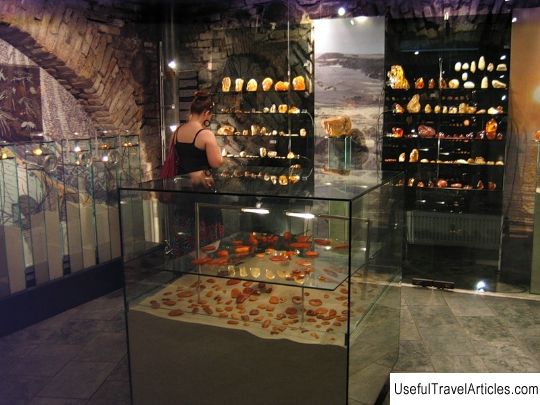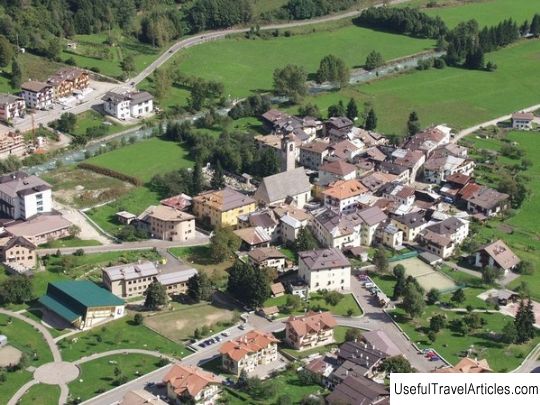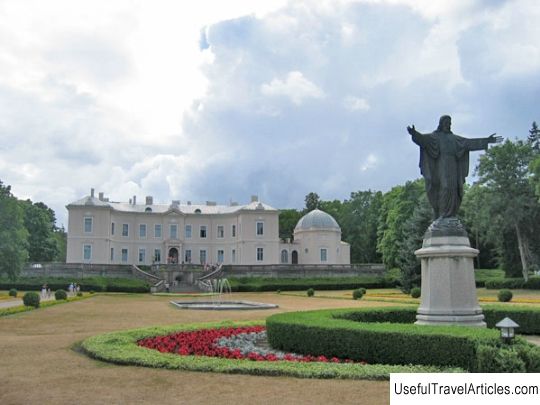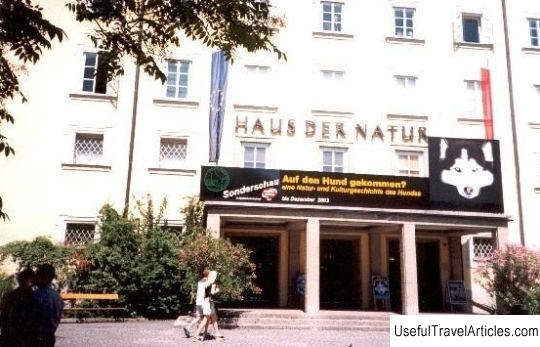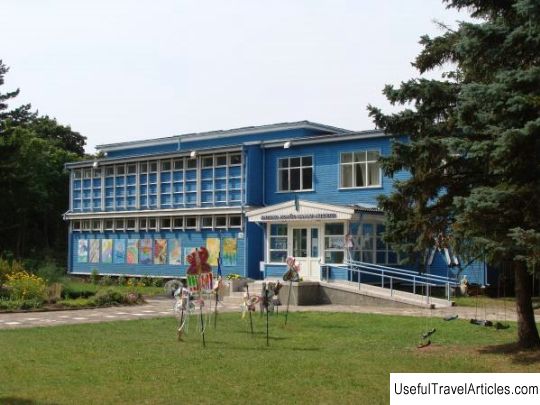Amber Museum (Gintaro muziejus) description and photos - Lithuania: Palanga
Rating: 8,6/10 (1532 votes) 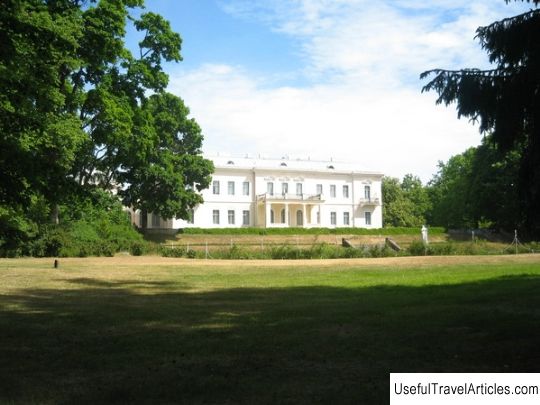
Amber Museum (Gintaro muziejus) description and photo - Lithuania: Palanga. Detailed information about the attraction. Description, photographs and a map showing the nearest significant objects. The title in English is Gintaro muziejus. Photo and descriptionPalanga has a lot of sights. One of the most favorite and popular places among foreign tourists is the Amber Museum. In addition, the museum is one of the branches of the Lithuanian Art Museum. The Amber Museum began its work in the Tyszkiewicz Palace on August 3, 1963. The museum is located in 15 rooms with a total area of approximately 750 square meters. meters. The museum was opened after Count Felix Tyszkiewicz renovated his palace in the late 1950s. By opening a museum, the count further increased the popularity and fame of his estate. The palace of the Tyszkiewicz family is a historical landmark built at the end of the 19th century. As you know, amber is rightfully considered Lithuanian gold. It is still found in the coastal area of the Baltic Sea. It is for this reason that the Amber Museum, located in the western part of Lithuania on the Baltic Sea coast, is incredibly popular. The Lithuanian Museum has a huge collection of amber, which tells about the history of the origin of Lithuanian gold, which is more than 40 million years old. The Amber Museum in Lithuania is considered the only museum in the world that is so rich in expensive, amazing and unique collection of amber inclusions. The Amber Museum has fifteen halls, which display expositions of amber products. The number of stone specimens is four and a half thousand stones, including amber, brought from all over the world. The exposition of the museum is thought out and organized in such a way, that museum visitors can not only get acquainted with the various and numerous types of amber, but also learn about the extraction of "Baltic gold", as well as about its processing. The total number of the collection is 20 thousand different items, which are in the depositories of the museum, and there are four and a half thousand amber stones on display. The collection demonstrates how amber was formed in the evolutionary process, and also shows its role in the historical and cultural development of mankind. You can learn almost everything about the "Baltic gold", for example, how amber appeared from the resin of amber-bearing pines, because this process took place several tens of millions of years ago. Also in the museum, each visitor will be able to find out what the color depends on, as well as the transparency of amber and how you can get it. Of considerable interest among all the presented exhibits are plant fragments, amber stones that got into amber and froze there forever, which is represented by a wonderful collection of inclusions or inclusions. The Amber Museum has items and decorations made of "sun stone". All products were created by outstanding craftsmen over four centuries: from the 17th to the 20th century. Every year, at the end of July, concert evenings dedicated to classical music are held on the site of the Amber Museum, which are called "Night Serenades". The Amber Museum in Palanga is one of the most amazing and rare museums in the world, which has a huge number of amazing items. Besides, in the museum you can not only view unique works, but also buy your favorite stones or objects made of amber.         We also recommend reading Troyekurov's house description and photo - Russia - Saint Petersburg: Saint Petersburg Topic: Amber Museum (Gintaro muziejus) description and photos - Lithuania: Palanga. |
